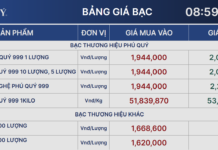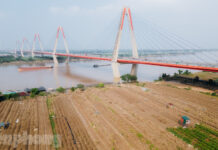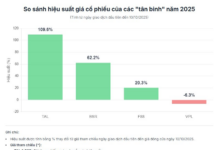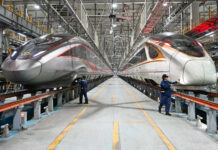In a recent sharing, Mr. Vo Huynh Tuan Kiet, Director of CBRE Vietnam’s Housing, affirmed that Ho Chi Minh City’s property prices are unlikely to cool down even with the expansion of administrative boundaries. According to him, there are multiple factors influencing the city’s real estate price landscape.
Limited inner-city land supply curbs price reduction
The first and most evident reason is the dwindling availability of clean land for project development in the old Ho Chi Minh City limits. Prolonged legal cycles, high land clearance costs, and restricted inner-city clean land result in far fewer projects meeting the market’s demands.
According to the latest data from Savills Vietnam, Ho Chi Minh City has faced a housing supply shortage over the last five years. The city aimed to develop approximately 235,000 new homes during 2021-2025 but only achieved 24% of its target, leaving a deficit of 179,000 units. The approval process delays and tightened legal regulations widened the supply-demand gap. With limited supply skewed towards luxury and high-end projects from reputable developers, the city’s average price level will rise.
Over time, primary and secondary apartment prices in Ho Chi Minh City have consistently increased. By Q2 2025, the average primary price reached VND 82 million/sqm, a nearly 30% surge within a year. New project launches and subsequent sales phases in the quarter witnessed adjustments upwards of 10%-13% compared to the previous phase. These figures indicate how restricted supply has directly pushed property prices upwards.
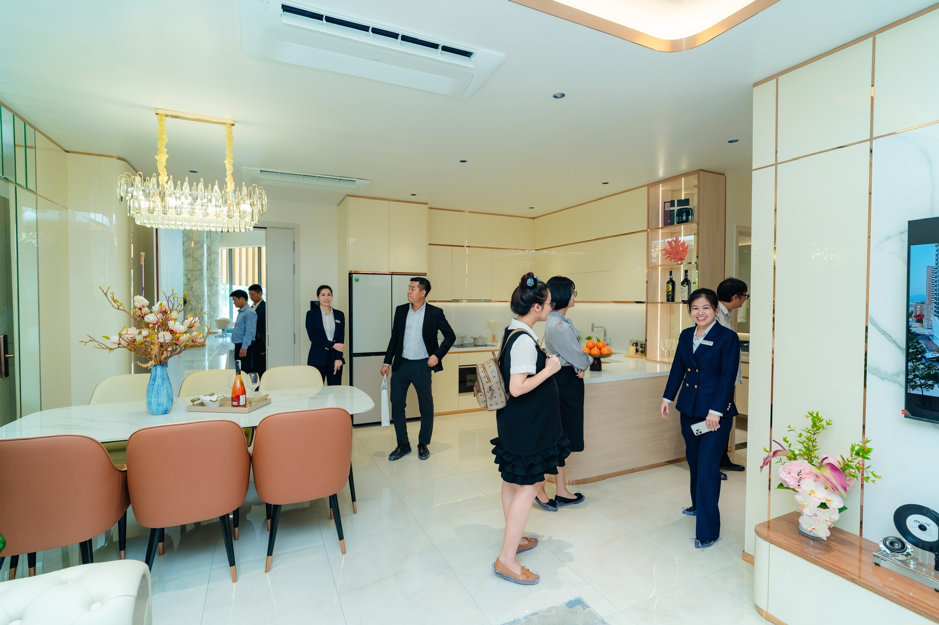
According to Mr. Dinh Minh Tuan, Director of Batdongsan.com.vn Southern Region, Ho Chi Minh City’s real estate price increase is attributed to robust end-user and sustainable investment demands. Illustration
Observations post-administrative expansion (Ho Chi Minh City – Binh Duong – Ba Ria Vung Tau) reveal that new supply is primarily concentrated in Binh Duong, while the old Ho Chi Minh City limits still offer very few products.
For instance, Van Phuc Group commenced the construction of the Diamond Sky apartment subdivision within Van Phuc City and introduced it to the market. This development is considered a rare housing project in the Ho Chi Minh City area. With 300 luxury apartments priced from VND 130 million/sqm, this price is expected to increase further as it is located on National Highway 13 – a road with an approved expansion plan (from Binh Trieu Bridge to Vinh Binh Bridge) to be implemented in early 2026 and completed in 2027-2028.
The developer has started accepting bookings, witnessing a positive response from prospective buyers. Customers understand that, with scarce inner-city land, apartments in well-established urban areas with comprehensive amenities will be challenging to come by in the future.
Similarly, in the city’s south, Nam Long launched the Trellia Cove subdivision within Mizuki Park (26ha). This final subdivision in the urban project offers 800 2-3 bedroom apartments and 24 shophouses. The urban area is already well-equipped with amenities and boasts a thriving resident population.
Steady price increase driven by robust end-user demand
In a recent sharing, Mr. Dinh Minh Tuan, Director of Batdongsan.com.vn Southern Region, attributed the steady rise in Ho Chi Minh City’s real estate prices to robust end-user and sustainable investment demands. Rapid urbanization, skilled migrant labor, growing middle-class incomes, and a high rate of household separation have fueled the city’s housing needs.
Concurrently, according to Mr. Tuan, improving urban infrastructure boosts expectations for key areas. Rental demands from experts, businesses, and others support the profitability of rental apartments, reinforcing asset-holding confidence and higher price acceptance from buyers.
Enhancing product quality contributes to price escalation
Another factor influencing Ho Chi Minh City’s real estate price escalation is product quality.
According to Ms. Duong Thuy Dung, Executive Director of CBRE Vietnam, enhanced product quality has intensified competition among developers. Post-pandemic, buyers prioritize internal utilities, security, schools, and professional management. This group is willing to pay a premium for clear legal status and standardized quality.
Consequently, large-scale urban projects with well-invested amenities offer higher value. Moreover, real estate price increases in these urban areas are independent of the external market’s ups and downs but are instead driven by the quality of internal utilities provided by the developers.
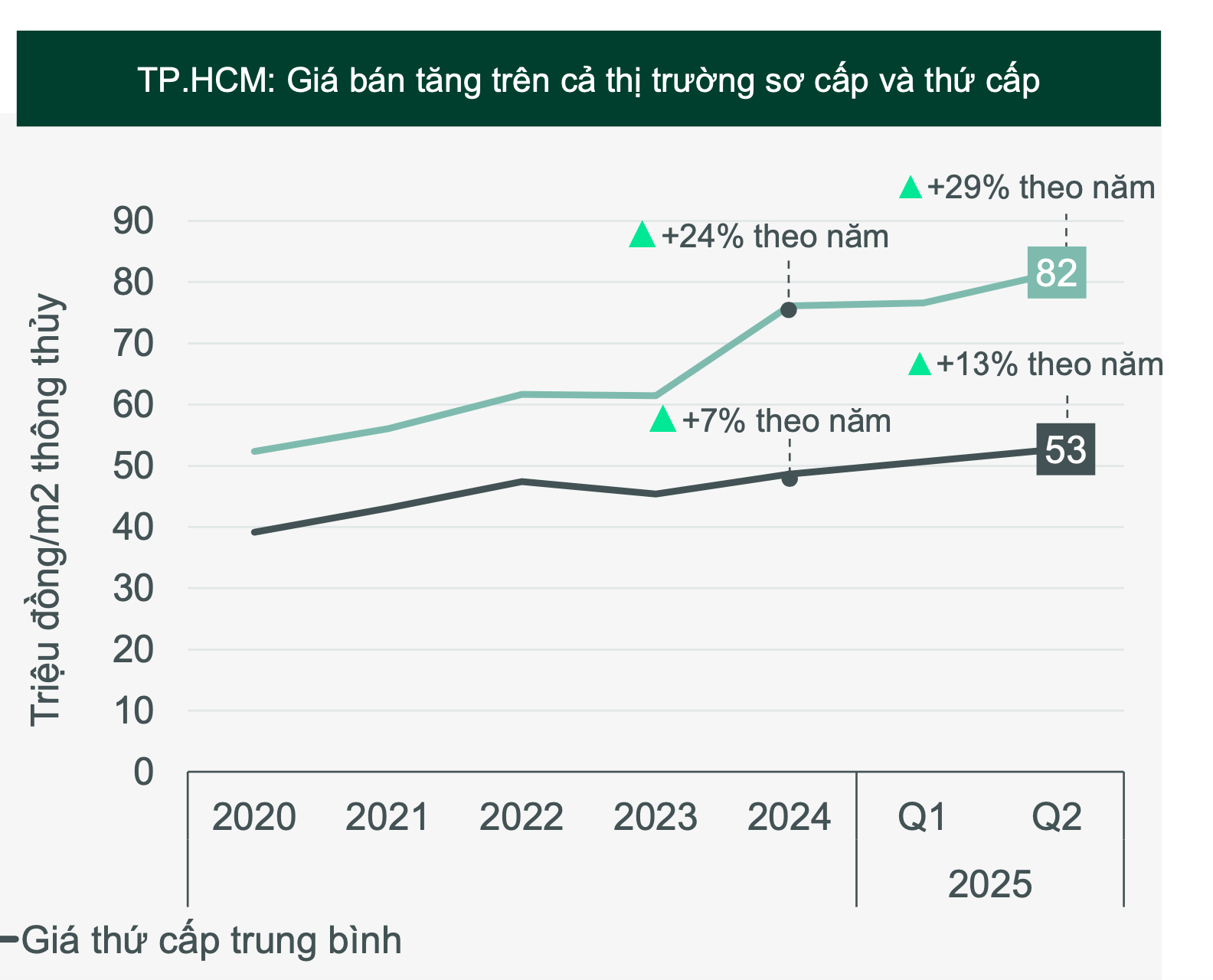
Ho Chi Minh City’s property prices are unlikely to cool down even with expanded administrative boundaries. Q2 2025 data from CBRE Vietnam.
Escalating input costs
Soaring input costs add pressure to developers and make it challenging for price levels to ease. Specifically, land costs: Many localities will soon issue new land price frameworks, leading to significant adjustments in prices. Land clearance and land use fees account for a large proportion of total project development costs.
Construction costs: Inflation and VND/USD exchange rate fluctuations drive up construction material, labor, and project management costs.
Logistics costs: Vietnam’s logistics costs account for 16.5% of GDP, much higher than many regional countries, making project development more expensive and necessitating cost inclusion in selling prices.
Additionally, planning and transportation infrastructure are key factors influencing real estate prices in the coming time.
According to experts, with significant transportation infrastructure investments post-merger, such as National Highway 13, Metro Line 3B, Ring Road 3, and Ring Road 4 in Ho Chi Minh City, and the Ho Chi Minh City – Thu Dau Mot – Chon Thanh Highway, the real estate market in Ho Chi Minh City is poised for growth. These factors also contribute to sustainable real estate value appreciation.
“Infrastructure development improves connectivity, generating more substantial demand; meanwhile, the surrounding areas will develop an urban ecosystem, driving up property prices,” remarked an industry expert.

